Types of solar batteries offer different options based on energy storage needs. These batteries store the electricity generated by solar panels, allowing it to be used at night or on sunless days. The most commonly used types are lead-acid, gel, AGM, and lithium-ion batteries. Each stands out with different advantages in capacity, durability, and cost. This variety enables users to choose the most suitable solution for their own needs.
Selecting a battery for solar energy systems directly affects both system performance and long-term costs. For example, lithium-ion batteries offer a longer lifespan and fast charging, while lead-acid batteries may be preferred for their lower cost. Gel and AGM batteries stand out with their maintenance-free structure and stable performance.
To determine the right battery type, factors such as energy demand, usage frequency, budget, and system size should be considered. Especially in systems powered by solar energy, selecting the correct battery type is crucial to preserve efficiency. Therefore, being informed about the advantages and disadvantages of each battery is the key step to building a long-lasting and reliable system.
Which Types of Solar Batteries Are Used?
There are different types of batteries used in solar energy systems, each offering advantages for specific needs. The most preferred options include lead-acid, gel, AGM, and lithium-ion batteries. These batteries differ in terms of energy storage capacity, durability, maintenance requirements, and cost. To make the right choice, factors such as system size, frequency of use, and budget should be taken into account.
- Lead-acid batteries: Affordable, but require regular maintenance.
- Gel batteries: Safe thanks to their sealed structure and ideal for long-term use.
- AGM batteries: Stand out with high performance and maintenance-free characteristics.
- Lithium-ion batteries: Provide higher efficiency, long lifespan, and fast charging.
Since each battery type has different advantages and limitations, system efficiency increases when the most suitable one is selected. In particular, lithium-ion batteries provide long lifespan and high performance, so they have become more preferred in recent years. Nevertheless, for users seeking more economical solutions, lead-acid and gel batteries remain strong alternatives.
Advantages and Disadvantages of Lead-Acid Solar Batteries
Lead-acid batteries are among the most preferred storage solutions in solar energy systems. They are considered a reliable option due to their low cost and long presence in the market. They are widely used especially in small and medium-sized systems.
One of the most important advantages of these batteries is the low initial investment cost. In addition, thanks to different capacity options, they can be easily integrated into residential and commercial systems. Known for their durability, lead-acid batteries offer continuous energy storage for a long time when used correctly.
However, some disadvantages should also be considered. Their need for regular maintenance and the obligation to check electrolyte levels impose additional responsibility on users. Also, since they are sensitive to high temperatures, they must be used in the right environment.
In terms of performance, lead-acid batteries offer lower efficiency in deep discharge cycles compared to modern alternatives such as lithium-ion. Therefore, performance losses may occur in systems planned for long-term and intensive use.
In summary, lead-acid solar batteries provide advantages with their economical prices and easy availability, while they present disadvantages due to maintenance requirements and efficiency limitations. It is best for users to choose this battery type by considering their budget, system size, and usage habits.
What Is a Gel Battery? Use in Solar Energy Systems
Gel batteries are batteries in which the electrolyte has a gel-like consistency, making them safe and leak-proof. Compared to traditional lead-acid batteries, they are a more modern technology and stand out for being maintenance-free. Thanks to these features, they are preferred as a long-lasting and stable energy storage solution in solar energy systems.
In solar energy systems, gel batteries deliver efficient results especially in applications where uninterrupted power is important. Since their deep-discharge durability is high, performance degradation is less common during long-term use. In addition, since they are resistant to vibration and temperature fluctuations, they can be used safely in different environmental conditions.
With their maintenance-free structure, long cycle life, and reliable performance, gel batteries are an effective option that meets the needs of users in residential and commercial-scale solar energy projects. Although the investment cost is higher than some alternatives, the safety, durability, and energy efficiency they provide offer long-term advantages.
AGM Battery Features and Applications
AGM batteries are sealed, safe, and maintenance-free batteries in which the electrolyte is held within fiberglass separators. With their high efficiency and ability to charge quickly, they are frequently preferred in solar energy systems. Their resistance to vibrations and temperature fluctuations ensures reliable performance in different usage scenarios.
Maintenance-free design: Provides long-term use without imposing extra workload on the user.
- Deep-discharge durability: Maintains performance even with frequent cycling.
- High safety level: Ensures safe storage thanks to its sealed structure.
- Fast charging capability: Can respond to energy needs in a short time.
- Durability: Stands out with strong structure against vibration, impact, and temperature changes.
- Wide range of applications: Preferred in solar energy systems, marine, RVs, and UPS devices.
AGM batteries are a strong alternative for users seeking long-lasting and reliable energy storage solutions. Thanks to their maintenance-free structure and resistance to deep-discharge cycles, they provide stable performance in solar energy systems. In this respect, they have become a prominent choice in both individual and commercial projects.
Why Are Lithium-Ion Batteries Preferred for Solar Energy?
Lithium-ion batteries are among the most prominent storage solutions in solar energy systems thanks to their high energy density and long lifespan. Compared to traditional batteries, they are lighter and take up less space, providing both practicality and efficiency. In addition, minimal energy conversion losses make these batteries a strong alternative for sustainable energy systems.
One of the most striking features of these batteries is their fast charge and discharge capabilities. They store energy quickly during hours of intense sunlight, offering uninterrupted use for the rest of the day. Their high deep-discharge durability allows lithium-ion batteries to maintain performance for a long time. Thus, users obtain a more stable and longer-lasting energy storage experience.
Another reason they are preferred in solar energy projects is their maintenance-free structure and eco-friendly characteristics. By increasing energy efficiency while reducing costs in the long term, lithium-ion batteries become attractive for both individual and commercial applications. With technological advances, their prices are gradually becoming more accessible, which accelerates their widespread adoption.
Which Solar Battery Has the Longest Lifespan?
In solar energy systems, battery life is directly related to the quality of the technology used and maintenance conditions. Lead-acid, gel, AGM, and lithium-ion batteries have different lifespans. Among these options, lithium-ion batteries stand out as one of the longest-lasting solutions thanks to their long cycle life and high durability.
Although lead-acid batteries are more economical, performance loss may occur in long-term use because they require regular maintenance and have limited discharge cycles. Gel batteries, while more durable due to their maintenance-free structure, still lag behind lithium-ion in terms of lifespan. AGM batteries, as an advanced version of lead-acid technology, offer a better lifespan, but still cannot compete with lithium-ion.
The biggest advantage of lithium-ion batteries is that they can withstand up to 4,000 charge-discharge cycles and maintain performance even under deep discharges. Thanks to these features, they can be used reliably for many years in both residential and commercial projects. Moreover, their high energy density makes it possible to store more energy in smaller spaces.
In summary, if a long-lasting battery is desired in solar energy systems, lithium-ion batteries are the ideal choice. Despite their high initial cost, the durability, efficiency, and low maintenance they offer make them a more advantageous investment in the long run.



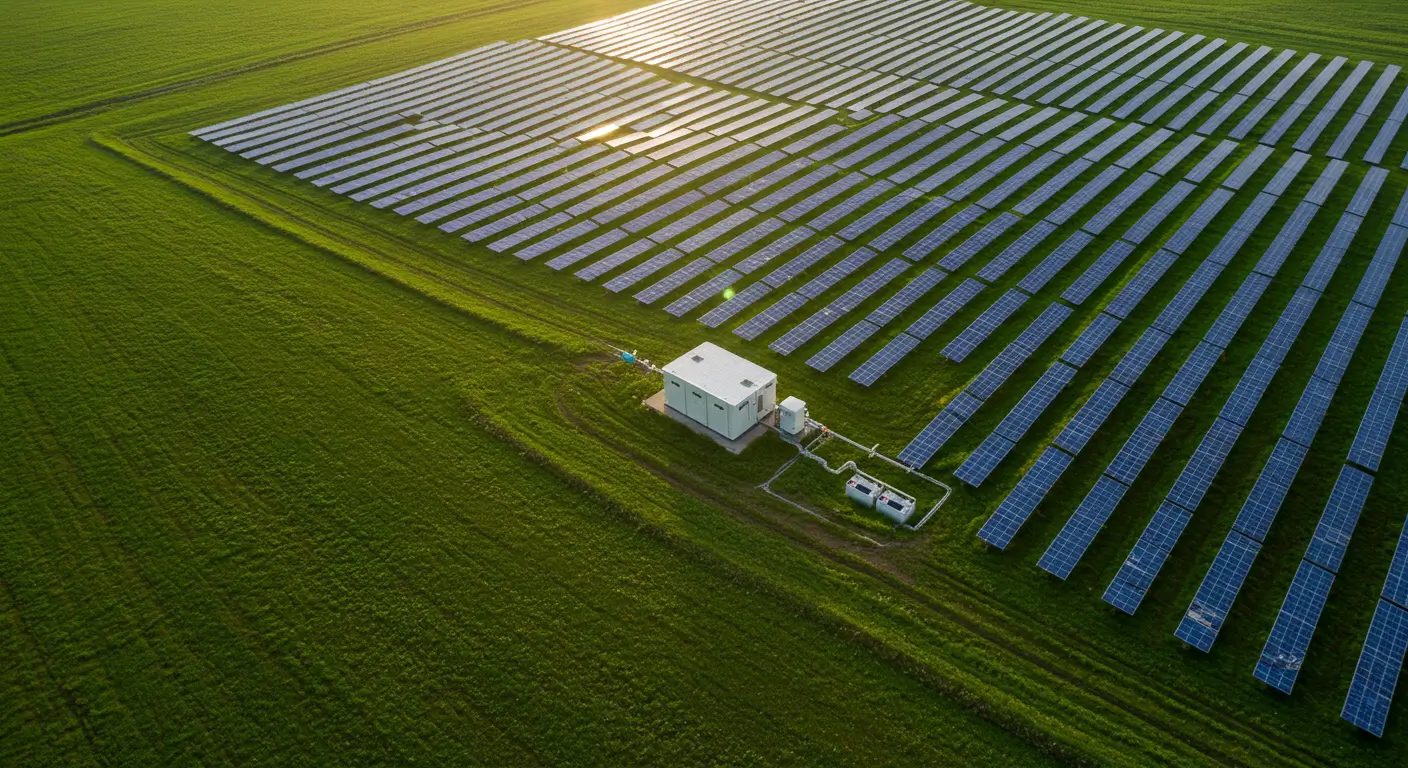
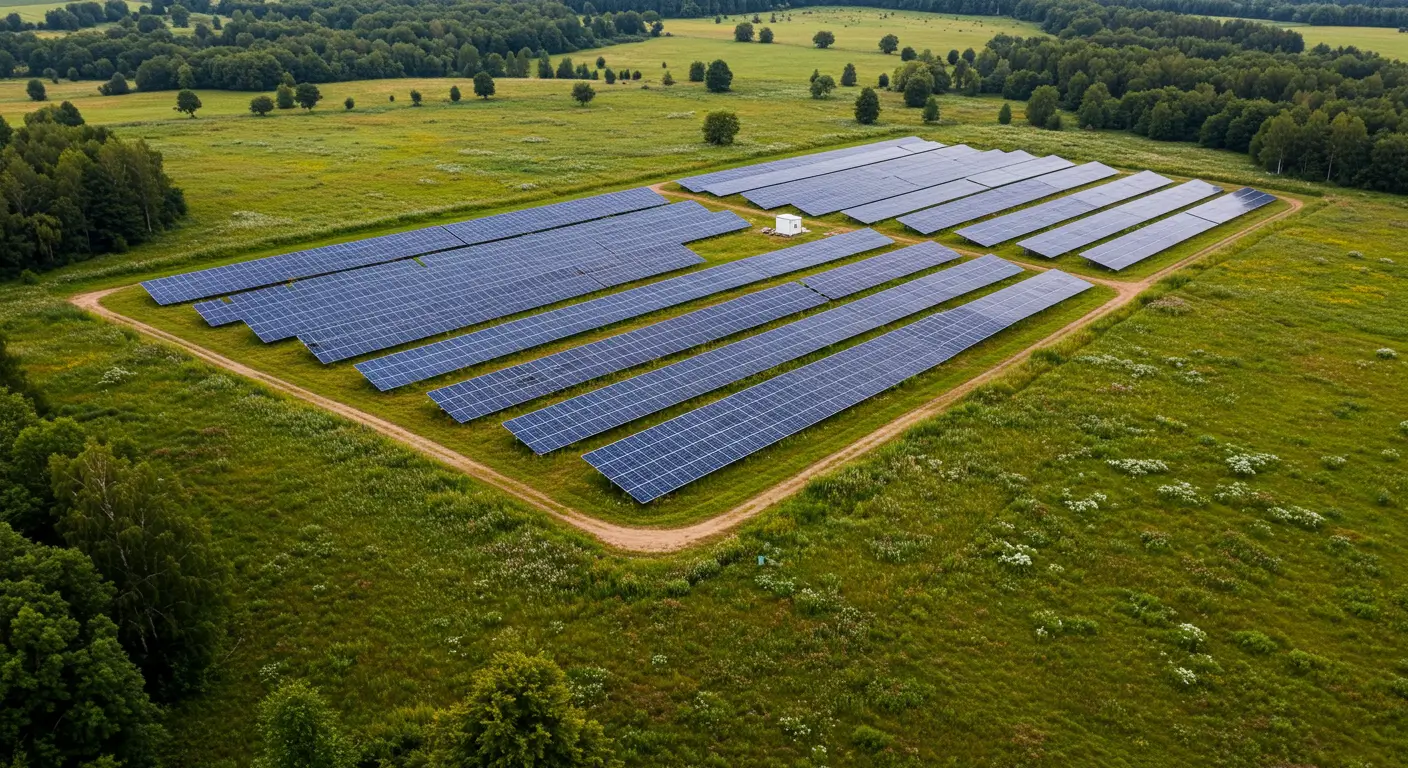

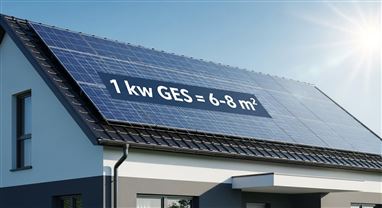
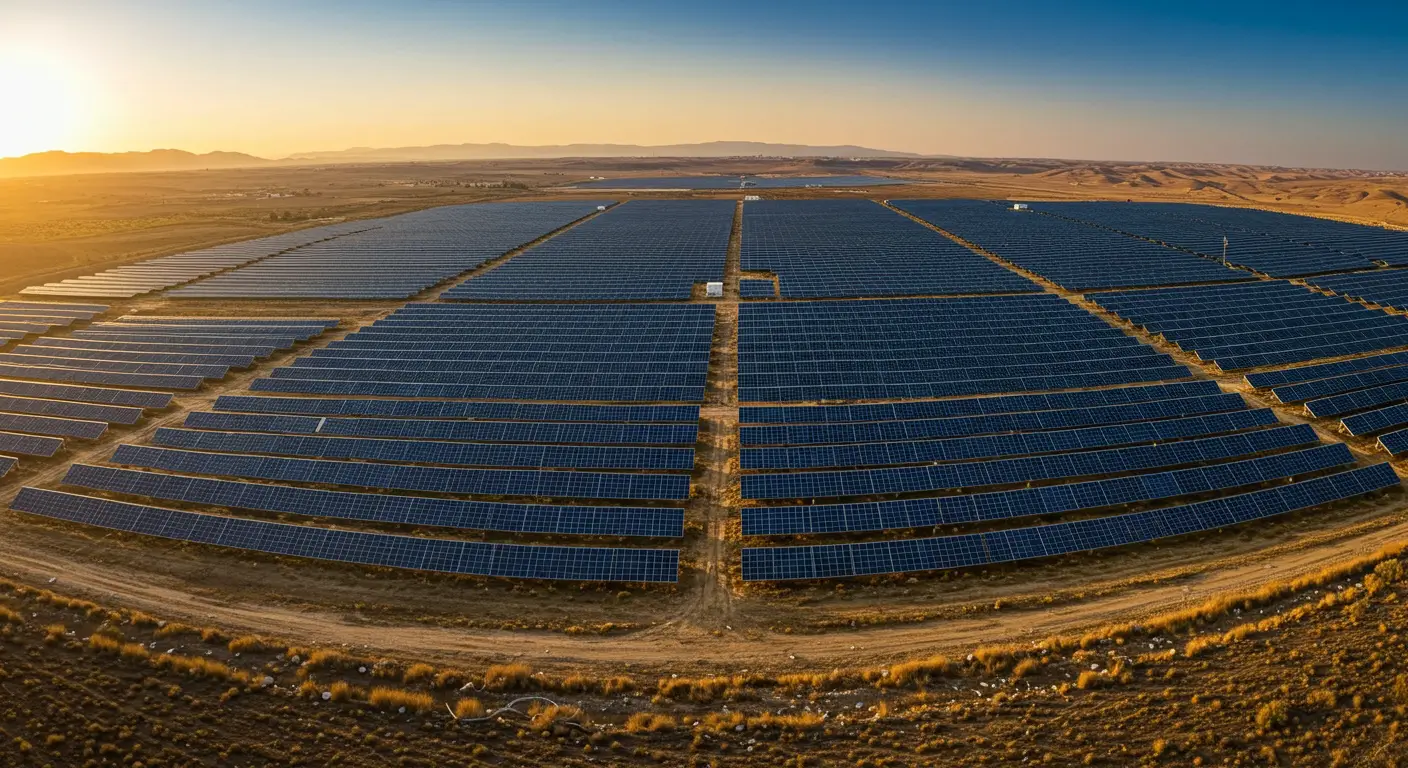
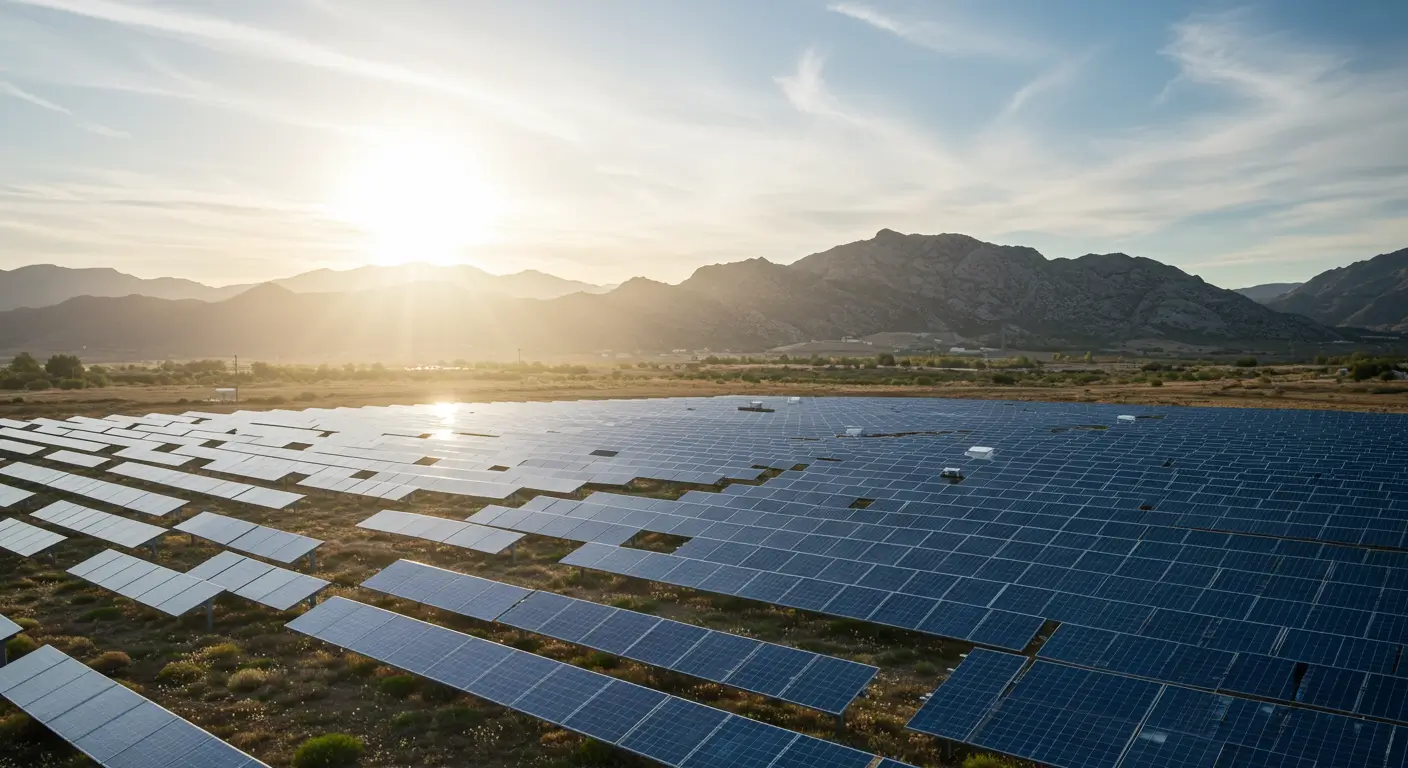
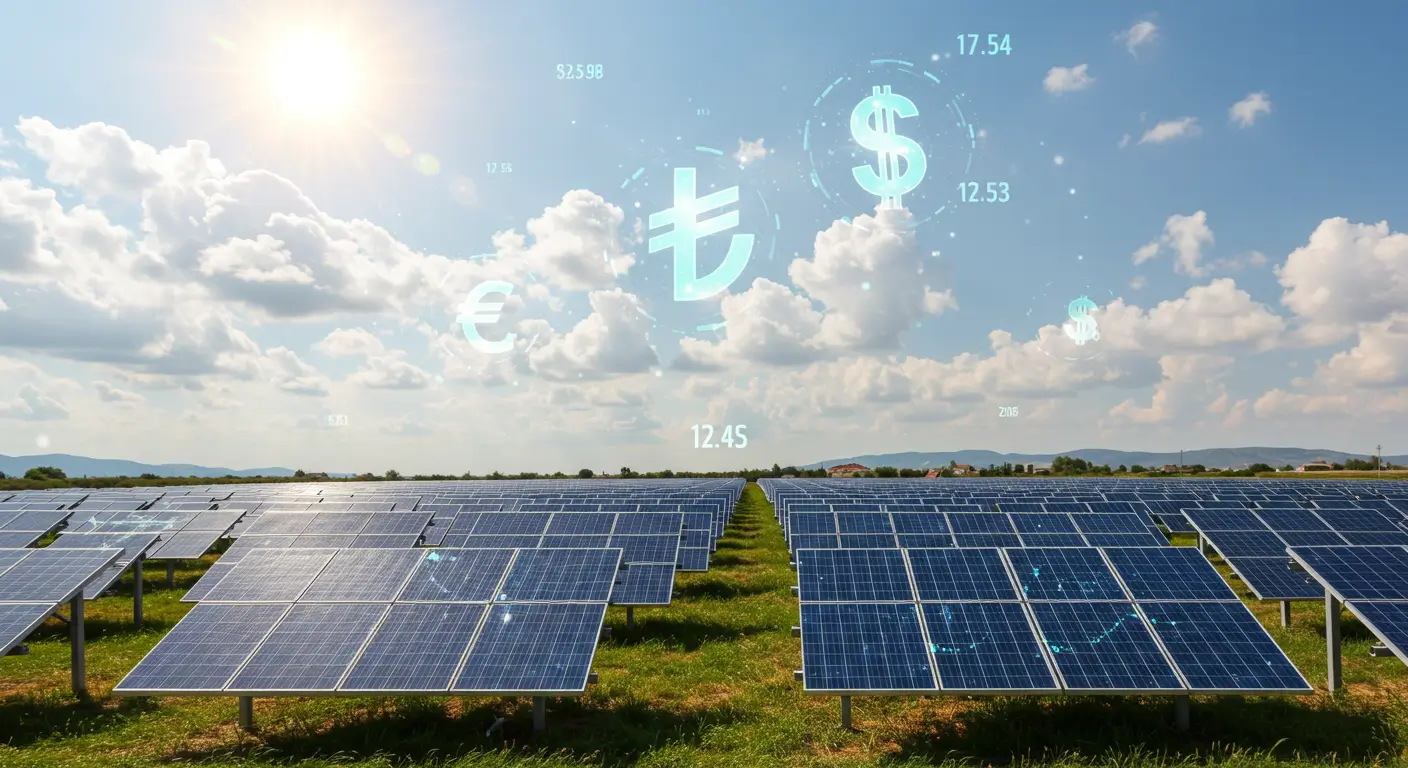
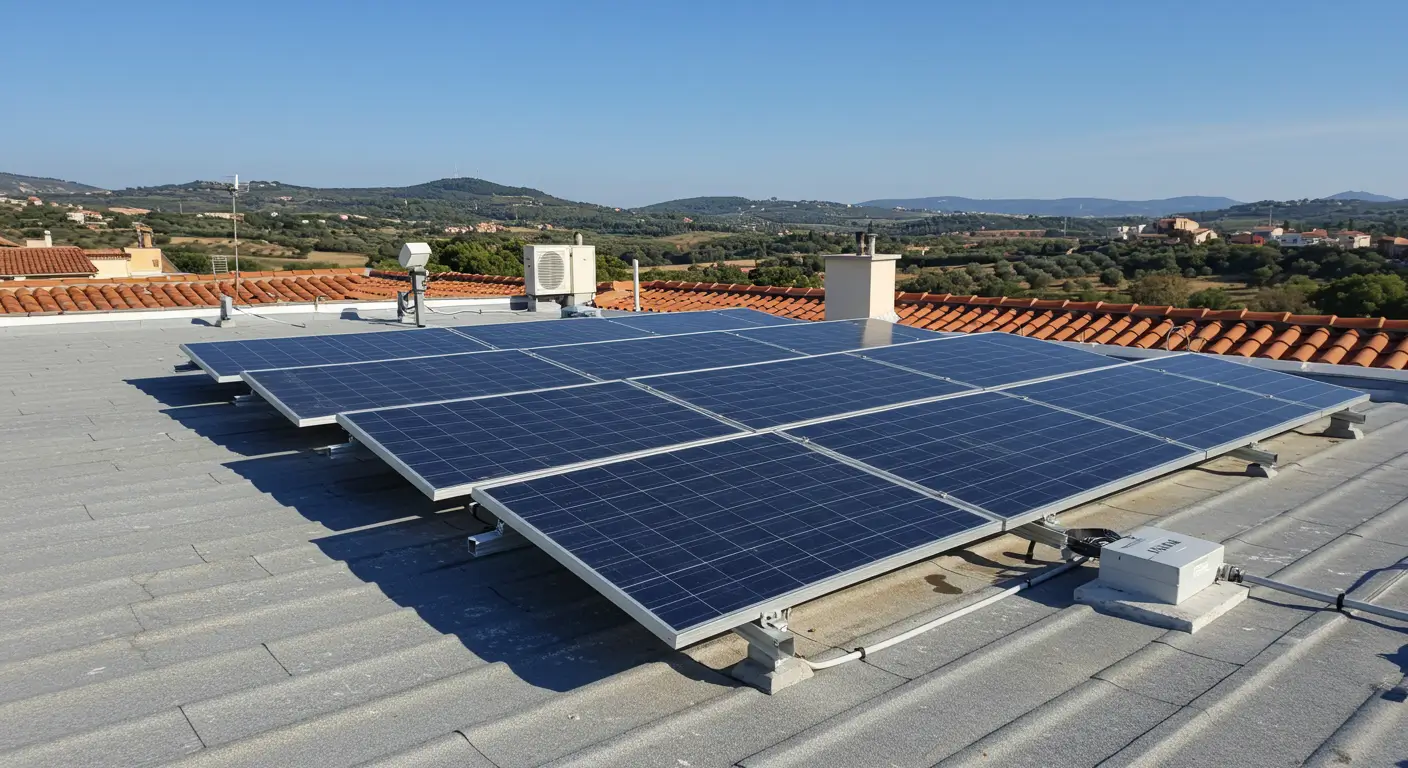

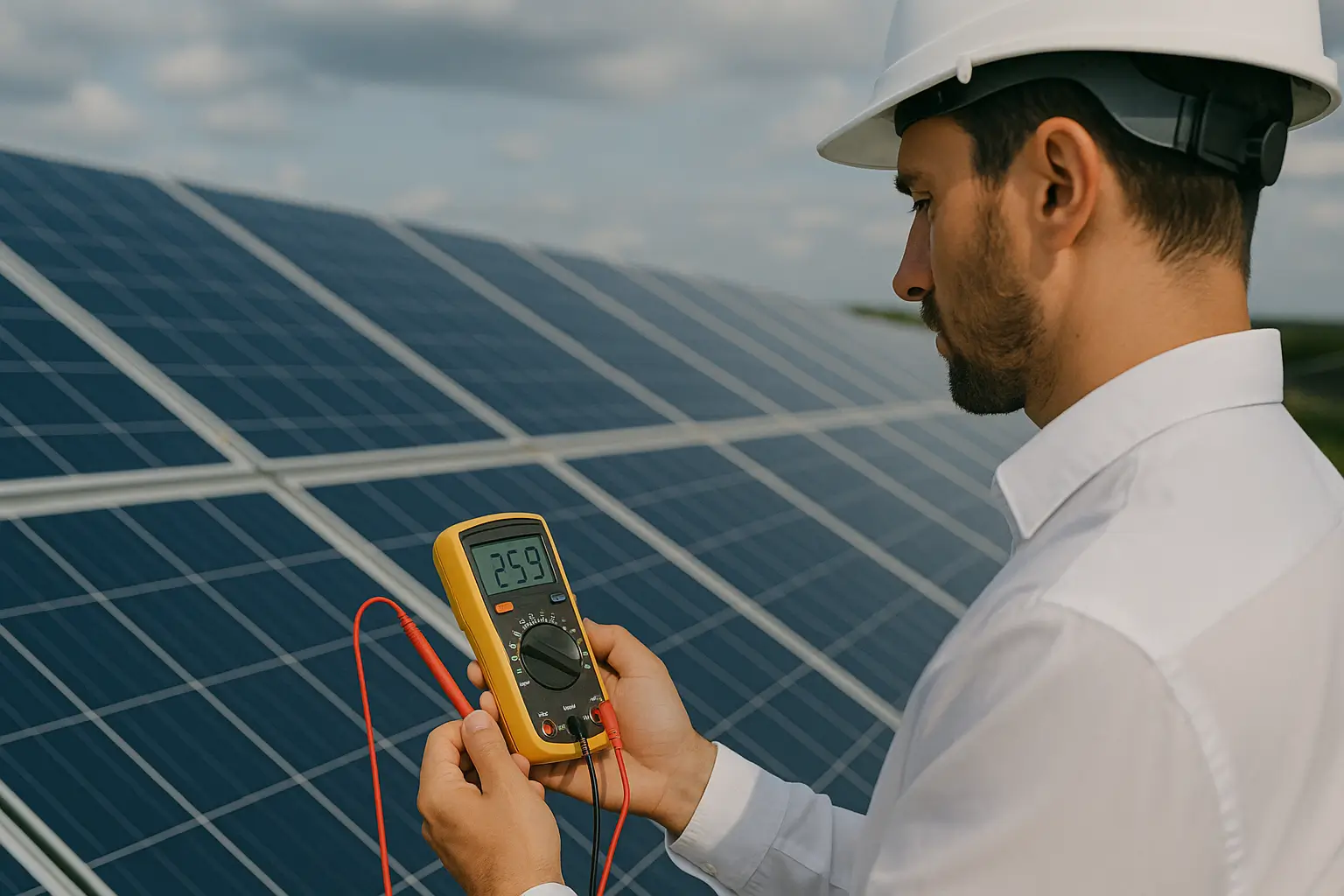
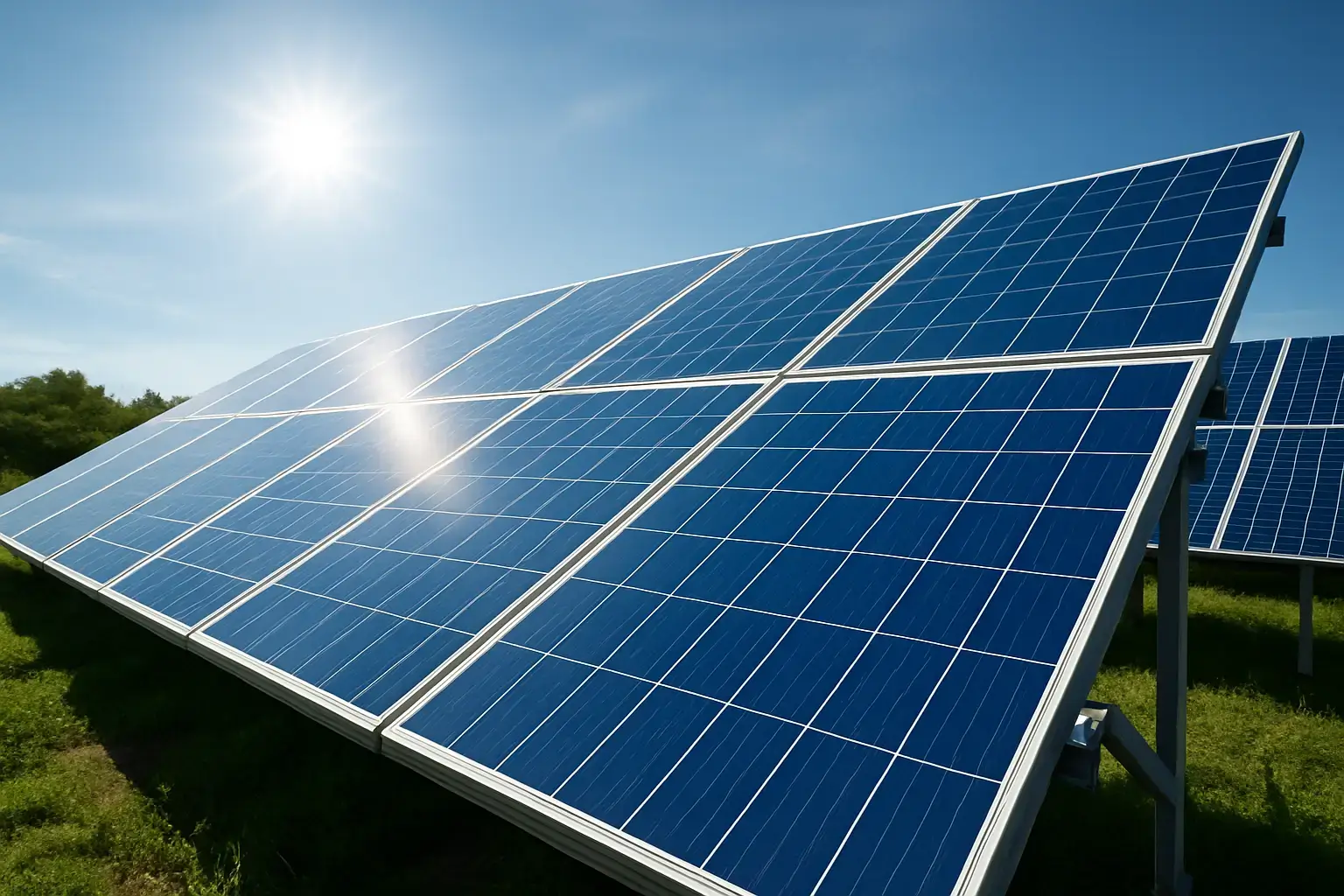
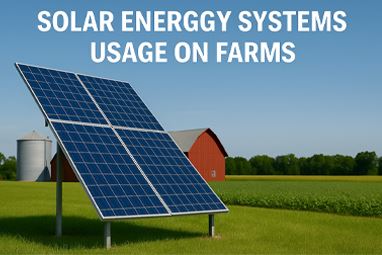
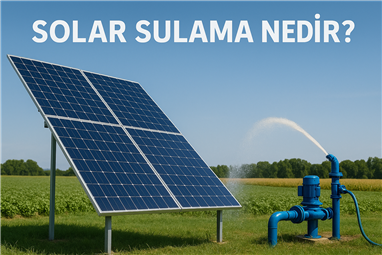
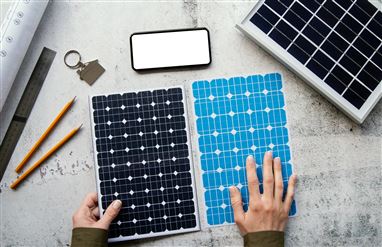



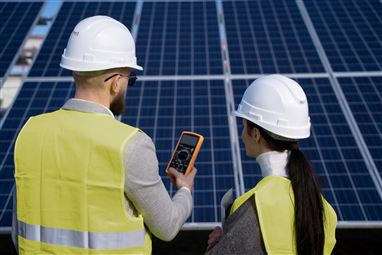
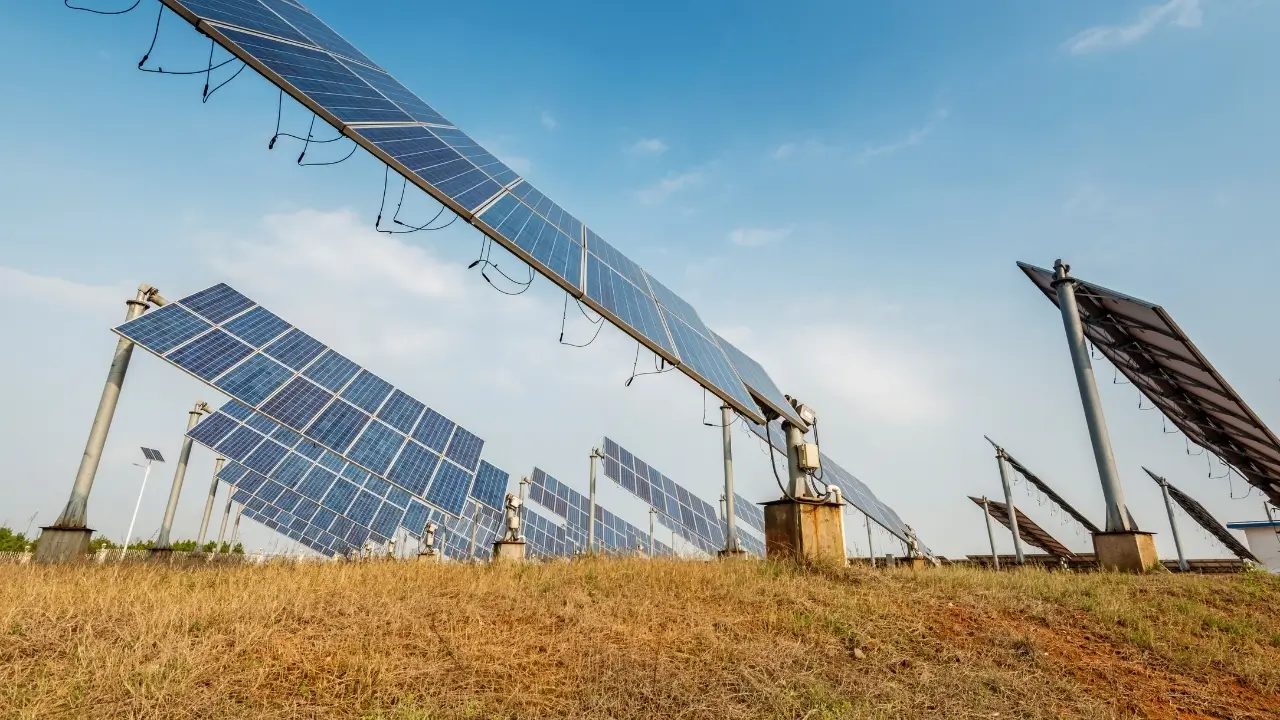


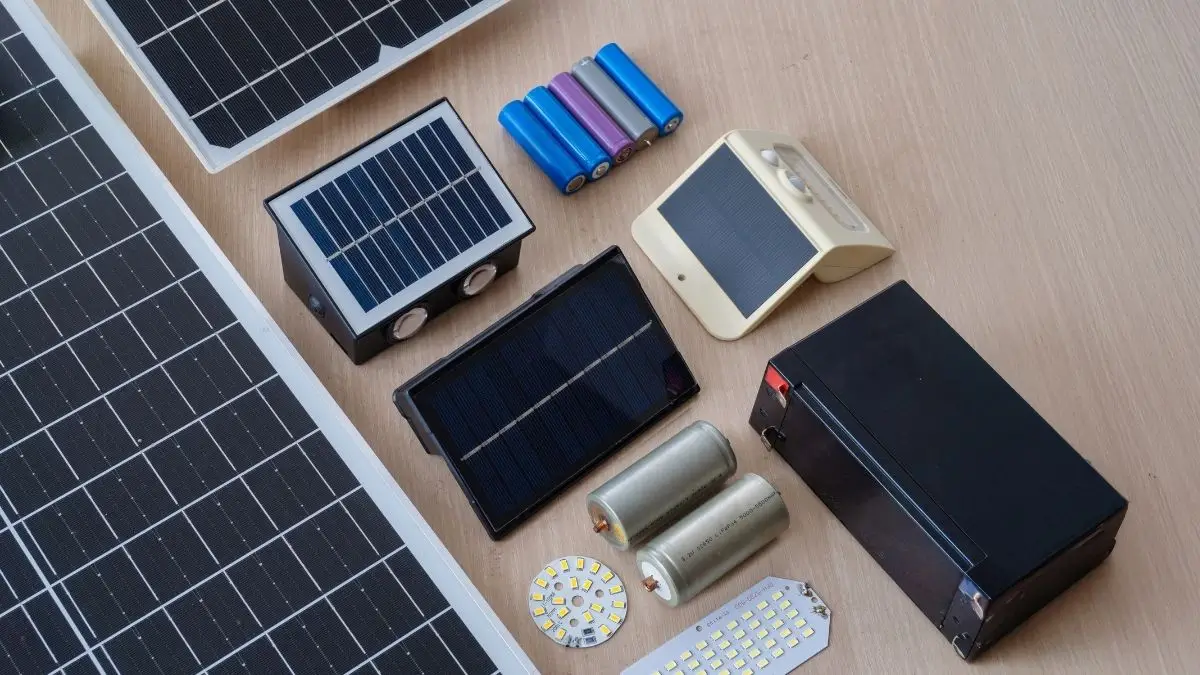


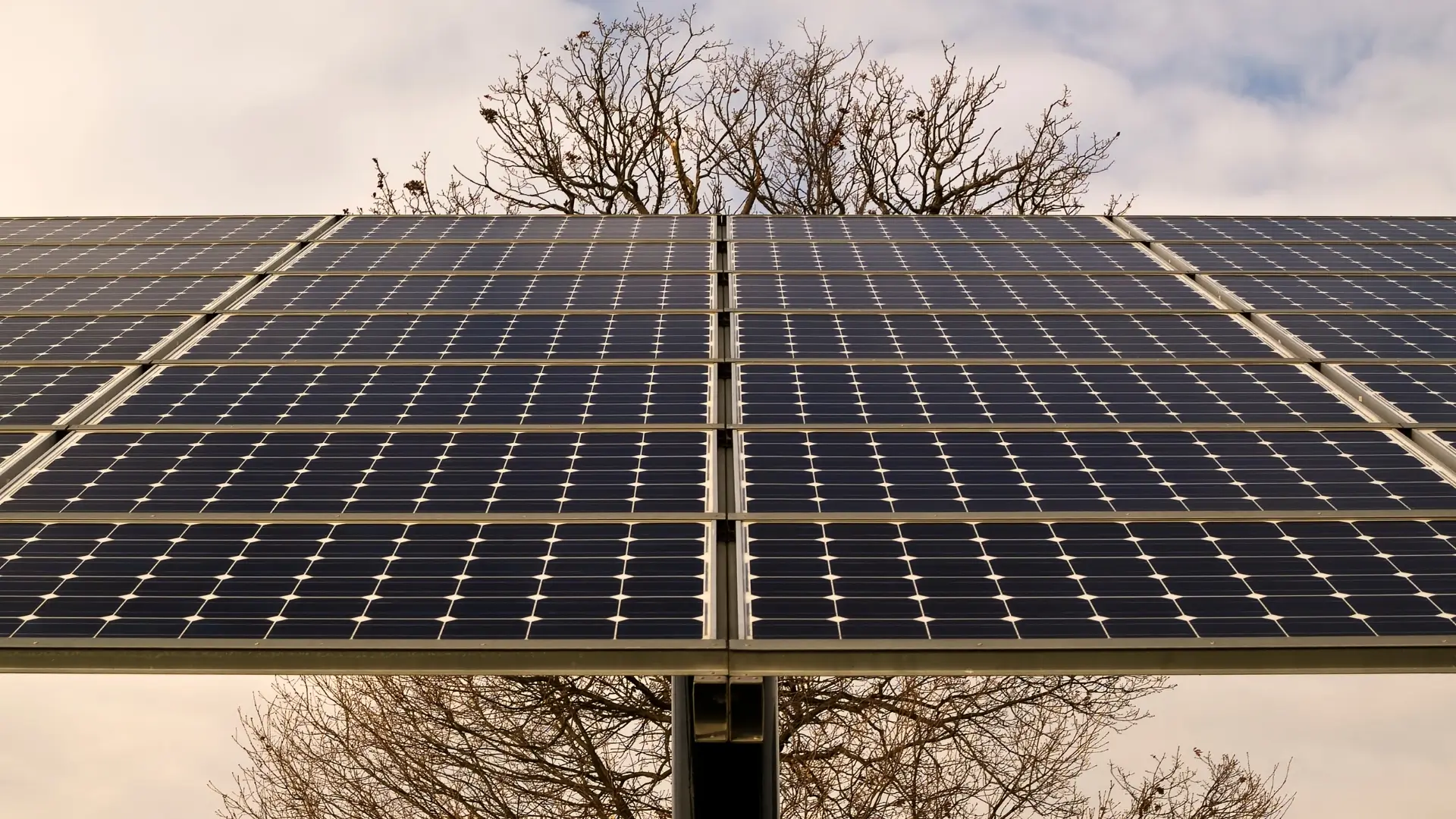

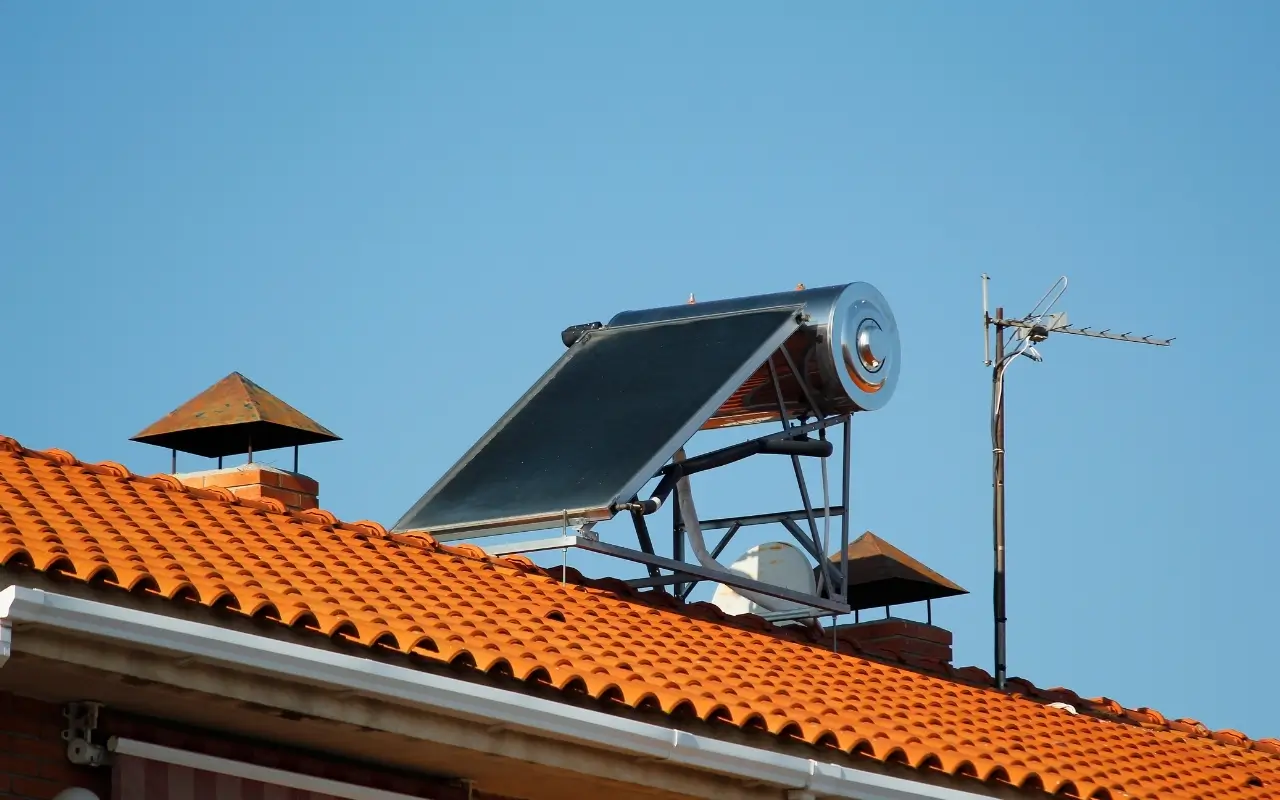
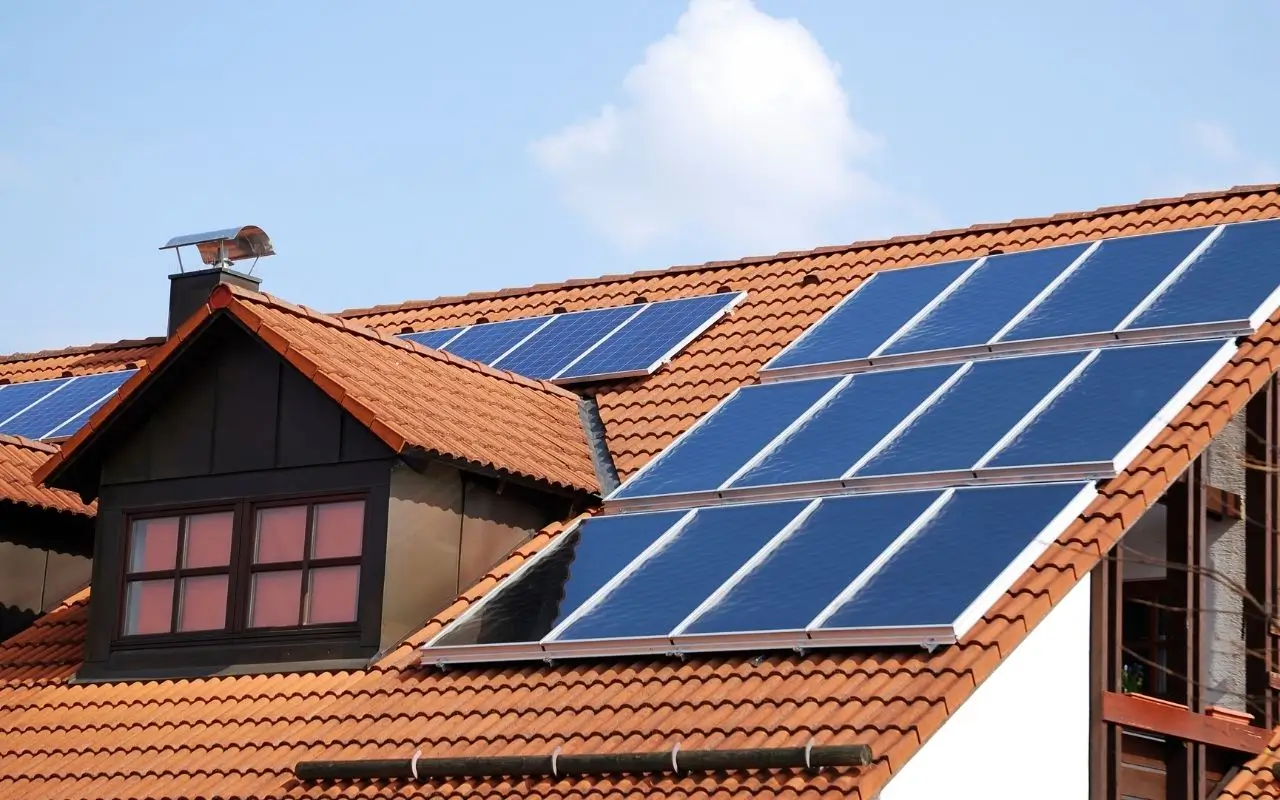


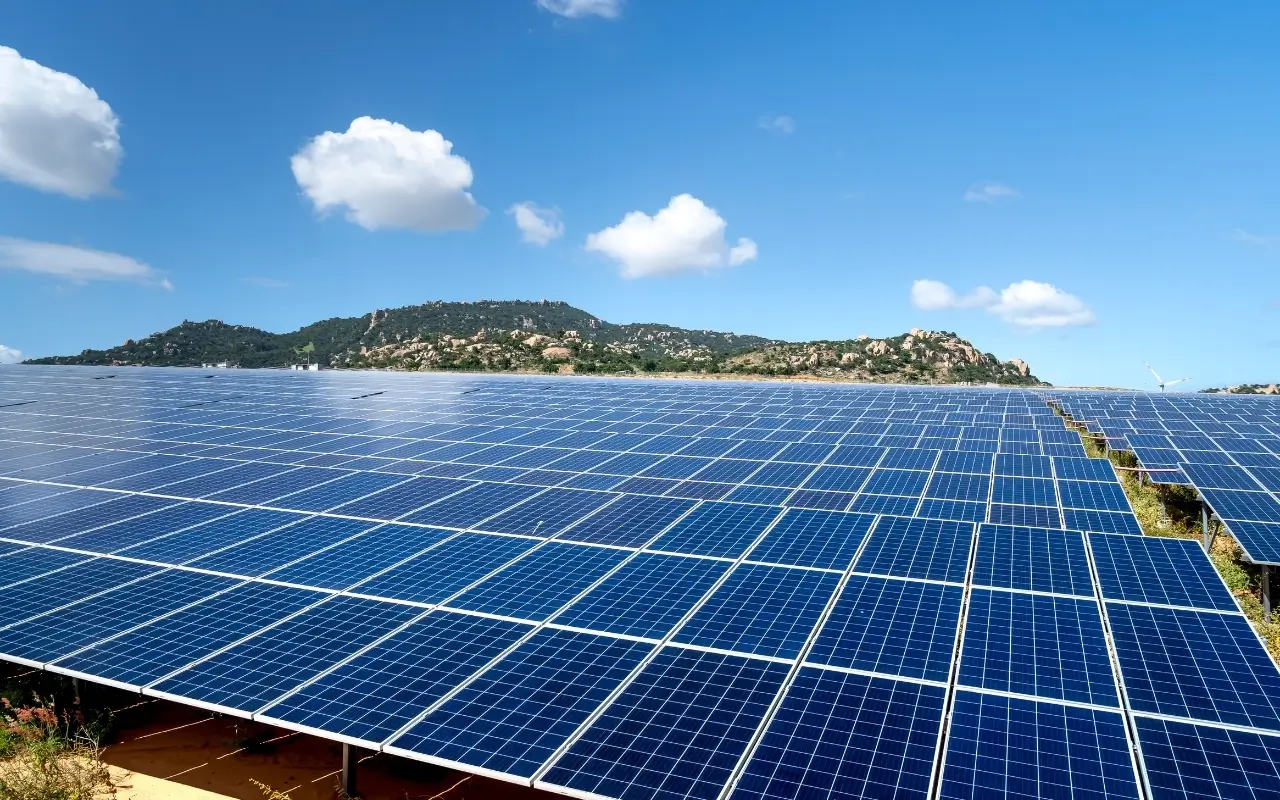

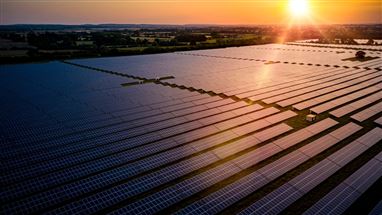
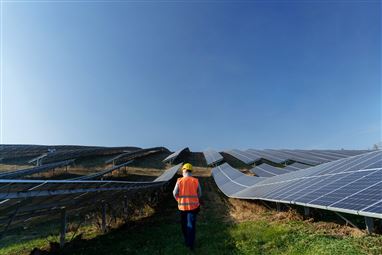

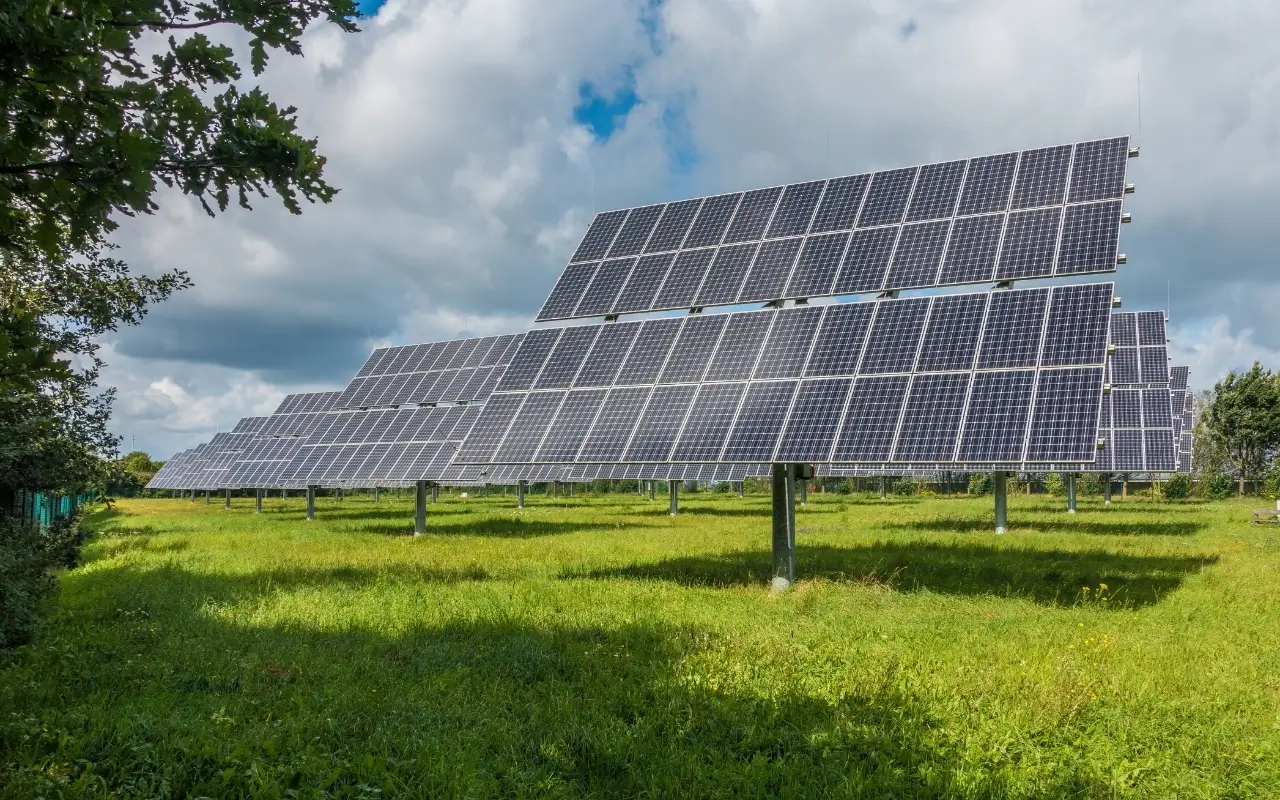


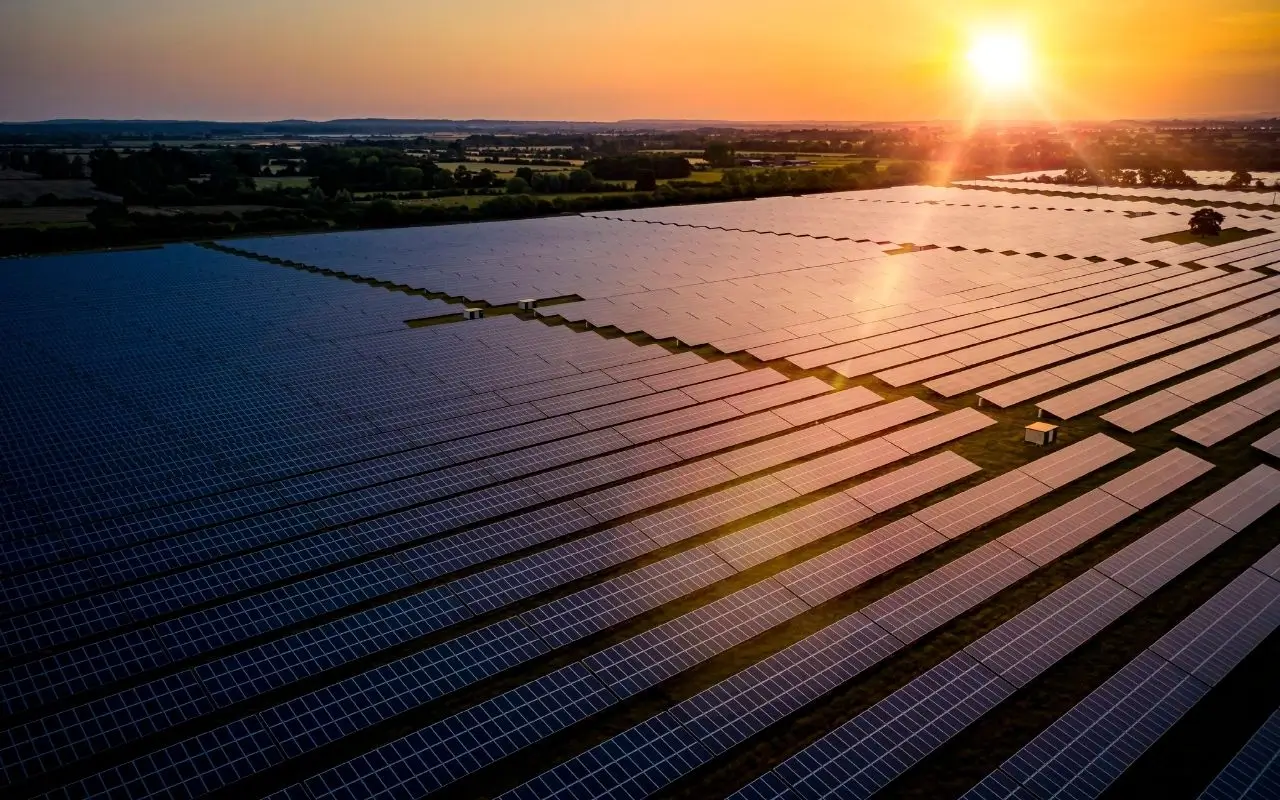
Do Comment